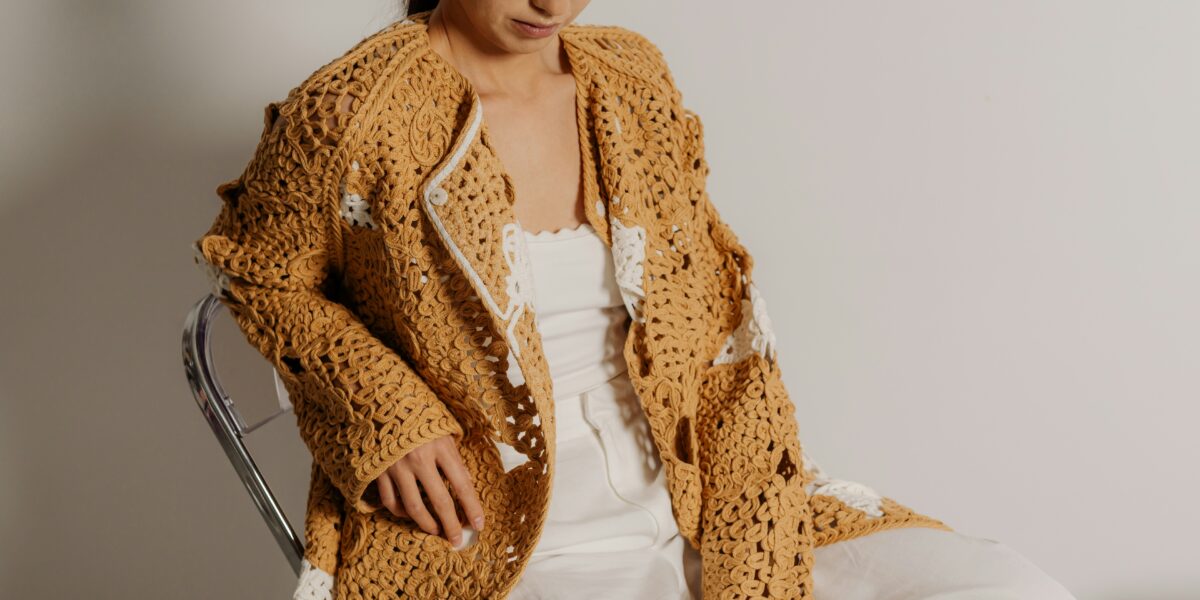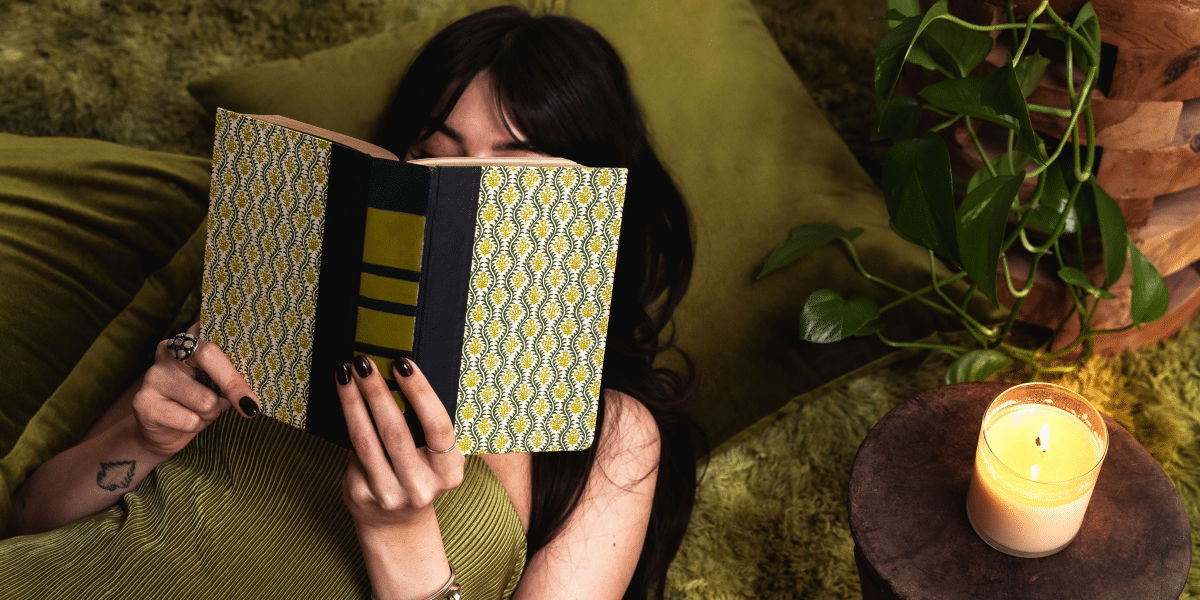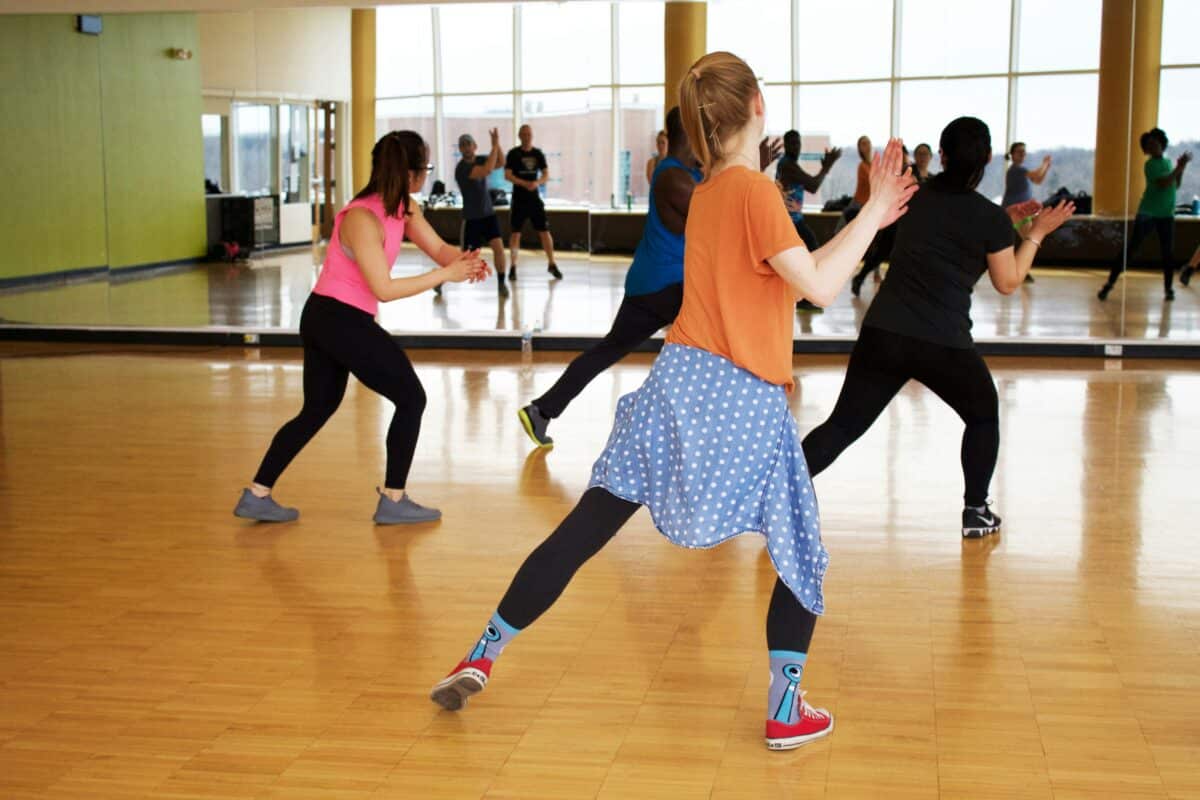Tennis Strategy: Mastering Singles and Doubles Tactics
In singles, it’s all about focusing on your own strengths and exploiting your opponent’s weaknesses. You’ll need to figure out which side they struggle with the most and consistently target it with your shots. This will force them into uncomfortable positions and increase the chances of them making mistakes. Additionally, mixing up your shots, like hitting with different speeds, spins, and depths, keeps your opponent guessing and prevents them from settling into a comfortable rhythm.
Doubles, on the other hand, is all about teamwork and communication. You and your partner need to work together like a well-oiled machine, covering the court, anticipating each other’s moves, and executing coordinated attacks. One effective strategy is to establish a strong presence at the net, where you can volley and put pressure on the opposing team. Communication is key here, as you’ll need to call out shots and set up plays together. Another tactic is to exploit the middle of the court, forcing your opponents to make quick decisions and potentially leading to errors.
Singles Strategies: Outsmarting Your Opponent
In singles tennis, the focus is on individual matchups and exploiting your opponent’s weaknesses. A crucial strategy is to identify your opponent’s weaker side and consistently direct your shots towards it. This forces them into uncomfortable positions and increases the likelihood of errors. Additionally, varying your shots – mixing up speeds, spins, and depths – keeps your opponent guessing and prevents them from settling into a rhythm.
Another effective tactic is to construct points strategically. This involves building up a point by hitting deep, consistent shots to gain control, then seizing the opportunity to attack with a winning shot when your opponent is out of position. Net play can also be a valuable weapon in singles. By approaching the net behind well-placed shots, you put pressure on your opponent and create opportunities for volleys and overheads.
Doubles Strategies: Teamwork and Coordinated Attacks
Doubles tennis introduces a whole new dimension of strategy due to the presence of a partner. Effective communication and teamwork are paramount. One key strategy is to establish a strong net presence. By positioning one player at the net, you create angles for volleys and put pressure on the opposing team. The net player should also communicate with their partner, calling out shots and setting up coordinated attacks.
Another crucial tactic in doubles is the “I formation.” This involves one player serving and the other positioning themselves at the net on the same side of the court. This formation creates confusion for the returning team and opens up opportunities for aggressive volleys. Additionally, exploiting the middle of the court is often effective in doubles. Hitting shots down the middle forces the opposing team to make quick decisions and can lead to errors or weak returns.
Adapting and Evolving Your Strategy
Tennis is a game of constant change and adaptation. Your strategy should be as flexible as your footwork, evolving throughout the match based on what’s happening on the court and how your opponent is playing. It’s like a dance, where you’re constantly reading your partner’s moves and adjusting your own steps accordingly. Pay close attention to your opponent’s weaknesses and strengths. If you notice they’re having trouble with a particular shot, like their backhand or serve, don’t hesitate to exploit it. Conversely, if your opponent is playing aggressively, charging the net and hitting powerful shots, you might need to switch to a more defensive strategy, focusing on getting the ball back in play and waiting for them to make a mistake.
Remember, there’s no single strategy that guarantees a win in every match. The key is to be adaptable and willing to adjust your game plan as needed. Don’t be afraid to experiment with different tactics, even during a match. If something isn’t working, try something else. The more you play and practice, the better you’ll become at reading the game, anticipating your opponent’s moves, and responding with the most effective strategy.
Ultimately, mastering tennis strategy comes down to experience. The more matches you play, the more you’ll learn about what works and what doesn’t. As you gain experience, you’ll develop a deeper understanding of your own strengths and weaknesses, as well as those of your opponents. This knowledge will empower you to make smarter decisions on the court, leading to more wins and, most importantly, more enjoyment of this thrilling sport.










